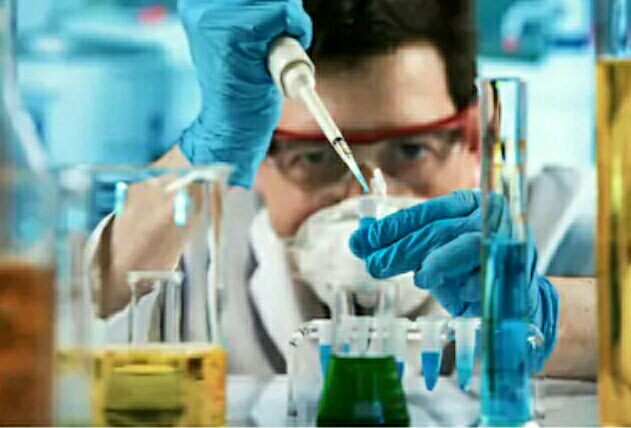Natural System :-
(1) Natural Biochemical processes and organisms in the Biosphere :-
Abstract:-
Up to now, we have presented key chemical processes in our environment. Biochemical processes fashioned by different organisms, and the biogeochemical cycles of key elements and water, are also of paramount importance. We proceed now to discuss them.
Every living biotic component of ecosystem obtains important chemical such as carbon, oxygen, nitrogen and phosphorus for their exitance is as well as survival.
They also some need some traces of chemical likes chlorine, sodium, potrssium and manganese which they get from land, rocks, sands , water and air to contact with them. This is due to biochemical processes.
Classification of living organisms :-
There is no simple definition for life. It may be char-
acterized by a list of properties shared by all living
organisms (with the exception of viruses) that dis-
tinguish them from non-living matter: movement,
responsiveness, growth, feeding, reproduction, en-
ergy release, and excretion. Thus, a living organism
is a self-reproducing system capable of growing and
maintaining its integrity by the expenditure of en-
ergy. In addition, all living organisms share the same
basic unit structure termed the cell.
Similar images (1), (2)
(A)
There is an age-old interest in understanding the
relationships that exist among living organisms and
establishing their classification according to differ-
ent categories. In fact, Aristotle had the key idea that,
in order to classify in a formal and reproducible way,
it was necessary to choose among different criteria.
Thus, he divided animals not, for example, accord -
ing to their number of legs, but as oviparous (those
that lay eggs) and viviparous (the mammals).
The main representative of the classic period of
taxonomy, the discipline that classifies and identifies
all living creatures, was Carolus Linnaeus (Linneo)
(1707-1778), who divided living creatures in two
kingdoms : animal and vegetal, or the Animalia and
the Plantae. He also proposed a binomial system
for the nomenclature of all organisms: one generic
(genus) and one specific (species), which is still in
use today. He proposed a hierarchic system of clas-
sification formed by six ranks, each one nestled in
the higher level: species, genus, order, class , and
kingdom.
In the l Sth century there was no alternative but
to use a strictly morphological approach, so that the
more structural traits shared by different organisms
(i.e., the number and placement oflimbs, the shapes
of leaves, or internal organs), the closer their taxo-
nomic relationship.
Twomajor factors have altered the basis on which
taxonomies are constructed and their uses estab-
lished. The first was Charles Darwin's theory ofevo-
lution.The second was the advent of new techniques
for studying the physiology, embryology, and bio-
chemistry of living creatures.
Evolutionary thought and theory since the time
of Darwin have created a new function for taxo-
nomic classification: to provide a framework for
the study of evolutionary relationships. The over-
whelming evidence we have that all organisms on
Earth are related by common descent from some of
the first cells, has led to different methods for trac-
ing the family trees or phylogenetic trees of living
and fossil organisms.
The discipline that attempts to understand the
evolutionary interrelationships of living things, try-
ing to interpret the way in which life has diversified
and changed over time is systematics, while taxon-
omy is primarily the creation of names and groups.








0 Comments